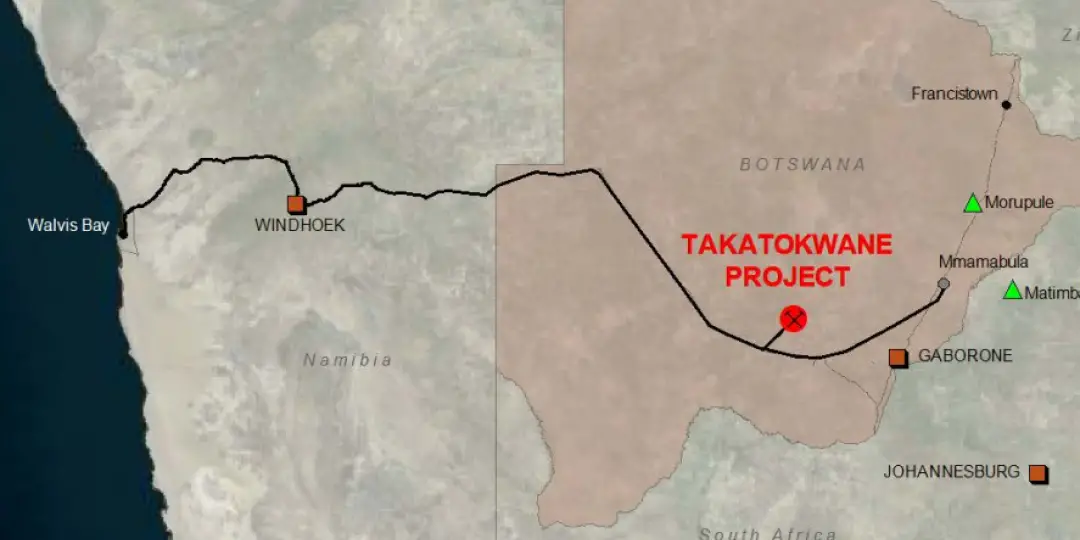A cross-border Trans-Kalahari Railway (TKR) line expansion project, which had been considered stalled by industry experts since its initial announcement in 2014 following a bilateral agreement, has now regained momentum, connecting Namibia and Botswana.
This development has materialized with the introduction of an “Expression of Interest (EOI)” for the Trans-Kalahari Railway (TKR) route, running from Botswana’s Mmamabula coalfields situated north of Gaberone to the Port of Walvis Bay. While there is an existing rail link from the port to Gobabis, near Namibia’s Buitepos border with its landlocked neighbor, the TKR Project aims to extend the railway through Botswana’s interior.
The EOI phase of the project is expected to continue until November 8.
While the project initially received a warm welcome, it encountered financial challenges from its inception. In response to queries in Botswana’s parliament a year after the agreement was signed with Namibia, Nonofo Molefhi, the Minister for Science, Infrastructure, and Technology, stated that the project was “paused while efforts were underway to secure funding.”
During that time, Molefhi expressed uncertainty about the project’s commencement date, as private investors were still being sought.
Commencement date for the Trans-Kalahari Railway expansion
Construction is anticipated to begin in January 2025, with pre-qualification phases scheduled for December and February 2024 after finalizing the Expression of Interest (EOI) phase. Requests for Proposals (RFPs) are expected to become available in March of the following year, allowing for a three-month period for their submission.
Over the years, one of the advocates who consistently highlighted the potential of the TKR was Johny Smith, the former CEO of Namibia’s freight rail operator, TransNamib, who currently serves as the rail division head at Grindrod Ltd. On multiple occasions, he emphasized that, beyond funding, the TKR was likely to proceed due to its logical alignment with Botswana’s heavy haul needs.
However, the significance of the TKR extends beyond being a mere export option for Botswana, as Lesley Mpofu, the CEO of the Trans-Kalahari Corridor Secretariat (TKCS), has emphasized on several occasions.
During a TKCS Conference conducted in Kempton Park before the onset of the coronavirus pandemic, Mpofu pointed out that a rail service designed for transporting ore from Mmamabula to Walvis Bay could potentially draw freight from nations like Zimbabwe and Zambia. This is particularly plausible due to the logistical advantages offered by the multi-modal Kazangula bridge spanning the Zambezi River.
With just a few months remaining before its tenth anniversary, considering that it was initially agreed upon in March 2014, the TKR Project now appears to be a done deal.
The proposed 1,447-kilometer railway line is expected to extend from Mmamabula, located to the north of Rasesa, heading towards Phuduhudu, where it will align with the Trans-Kalahari Corridor that primarily serves road freight from the area around Kang in the southwestern interior of Botswana.
Upon crossing into Namibia at the Mamuno border, situated to the east of Buitepos, the Trans-Kalahari Railway (TKR) will connect with the existing rail line that runs from Gobabis to Walvis Bay, passing through Windhoek, Okahandja, Karibib, Usakos, and Arandis.
Read also US$ 9.5bn Trans-Kalahari railway project yet to kick off, a decade since inception

